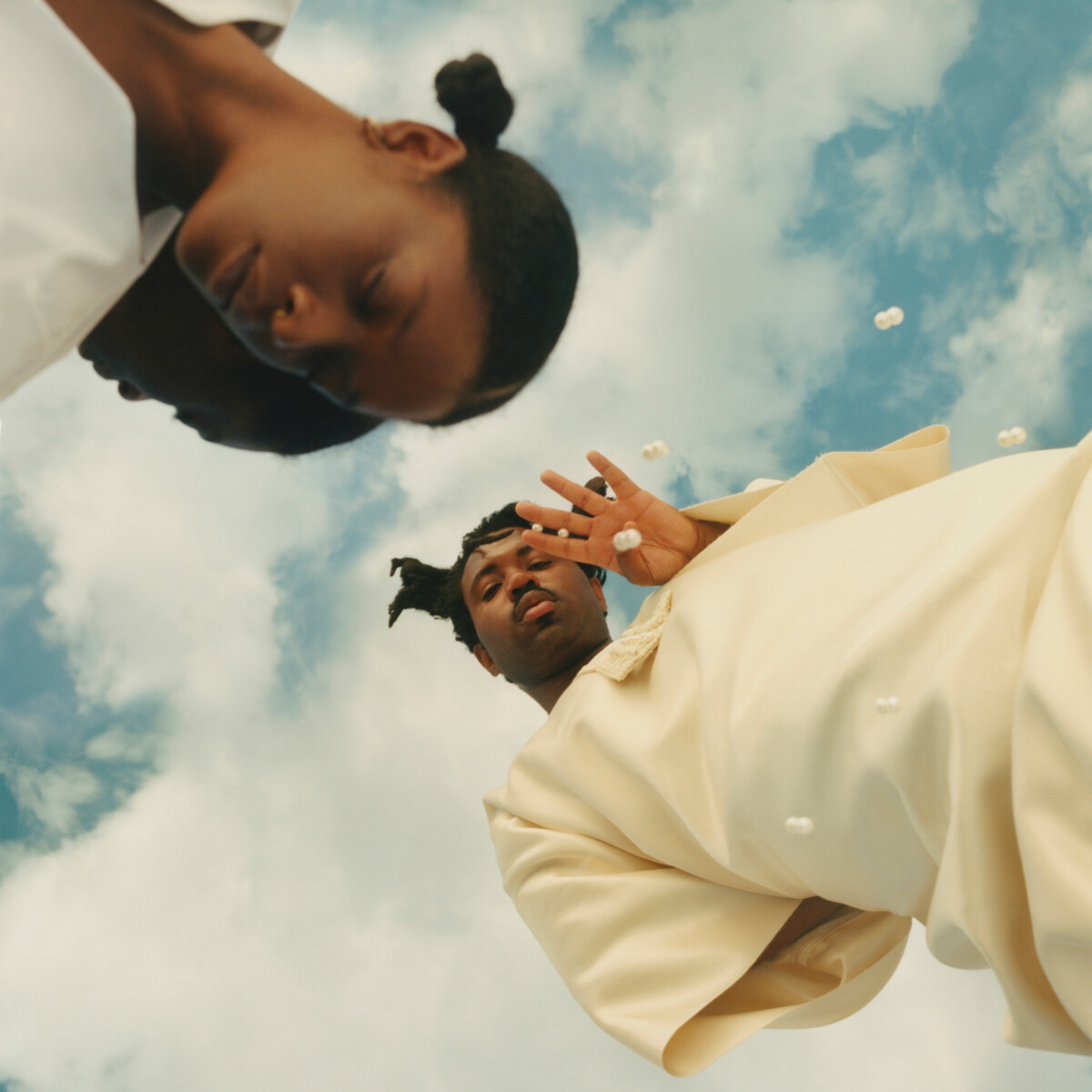The South London artist Sampha is back after six years, with his stunning new album Lahai.
Released on Oct. 20, Lahai is not only Sampha Lahai Sisay’s newest album but also his grandfather’s name, his own middle name and his next musical chapter. Following his debut album Process which won the 2017 Mercury Prize, this new album communicates themes rooted in his life in adulthood. When sharing the news about Lahai with the world through an Instagram post, the musician displayed various keywords from the album’s message as hints: “Fever Dreams. Continuums. Dancing. Generations. Syncopation. Bridges. Grief. Motherlands. Love. Spirit. Fear. Flesh. Flight.” Indeed, the 41-minute runtime covers each of these feelings, thoughts and life positions with intention.
Lahai follows Sampha’s glimpses of self-awareness, snapshots of memories and realizations he’s been experiencing being a father, brother, friend and son. Throughout the 14 featured tracks, the singer reestablishes himself and beautifully expresses his personal stance in the world. A strong sense of communication and connection leads this album, whether a song tackles the past, present, future, or all of the above.
The very first track, “Stereo Colour Cloud (Shaman’s Dream),” introduces piano on its own, almost like trickling water in a playful way. The creatively produced track programmed acoustic instruments via MIDI (Musical Instrument Digital Interface) and notably contains lyrics about missing someone while time flies. “Spirit 2.0” is up next, influenced by West African folk music called Wassoulou. Sampha repeats how waves, light, love, spirit, faith, friends and time will “catch you,” chanting a reminder we are never truly alone. The third song, “Dancing Circles,” explores conversing with someone he hadn’t seen in a long time and is layered over this addicting metronomic style piano and experimental rhythm. “Suspended” comes up next with gratefulness at its core, especially with the earnest line “I’ve been lifted by her love.”
With “Satellite Business”, Sampha looks back on all of “the love and the care and the words [he] was given” and thinks to himself that there are “maybe no beginnings, maybe no bridges” when going through life events. This short introspective track is followed by “Jonathan L. Seagull,” lyrics about the dynamic between the people he’s met along the way and dealing “with loss and grief in separate ways.” This recognition is notably expressed with a passage of the song that repeats how seasons come, cry, grow and die.
This cycle of maturation smoothly transitions into the narrative of “Inclination Compass (Tenderness).” The minimalistic piano, whistles, synths and background vocals accompany Sampha singing about the importance of implementing empathy, tenderness and fondness in times of hardship. “Only” is a more energetic follow-up with a message recognizing that you can be the one to help yourself, not necessarily other people. The previous short but sweet interlude “Time Piece” goes into “Can’t Go Back,” all about using time efficiently. It’s also one of my favourite moments of the album because of its gorgeous piano ending.
“Evidence” and “What if You Hypnotise Me?” are the last moments of the album. They sonically compliment each other with charming and vulnerable lyrics, especially with the delightful string transition “Wave Therapy” between them. The album ends on “Rose Tint,” rounding up Sampha’s need for grounding by indicating “I needed nature, I needed scope.”
Sampha’s tone conveys such softness and warmth while playing with different rhythms within his voice calibre. The production merges different sounds that are consistently crisp and minimalistic, which I really appreciate. Piano is definitely a prominent element throughout Lahai, also engaging with R&B, funk, jungle, grime and minimal classical music. They all seamlessly blend together and let Sampha’s lyrics breathe for our focus simultaneously. Lahai’s collection full of growth and distance is beyond refreshing to the ear and the heart. Sampha reminds us to look within ourselves and take the time to reminisce in a constructive way this fall.
Score: 9.5/10
Trial Track: Jonathan L. Seagull
